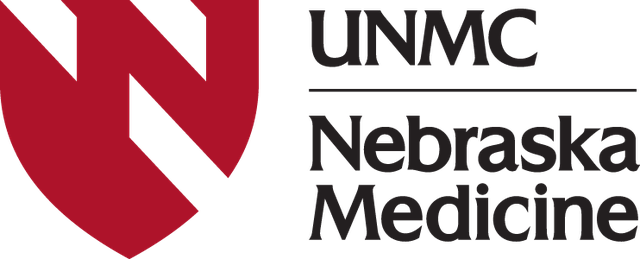Testing the Combination of Inotuzumab Ozogamicin and Lower Dose Chemotherapy Compared to Usual Chemotherapy for Adults With B-Cell Acute Lymphoblastic Leukemia or B-Cell Lymphoblastic Lymphoma
Categories (click each to see list of all clinical trials associated with that category): Leukemia/MDS/MPD (ONC)
Current Status: Open
Phase: II (Cancer Control)
Principal Investigator: Bhatt, Vijaya
Contact Information:
Madison Gilmartin
magilmartin@unmc.edu
Eligibility: https://clinicaltrials.gov/ct2/show/study/NCT05303792?term=A042001&draw=2&rank=1#eligibility
Summary
2.1 Primary objective
To compare undetectable MRD event-free survival (EFS) rate of the experimental arm (A) to standard arm (B) with EFS defined as time from randomization to occurrence of an event.
An event is defined as failure to achieve MRD-negativity (undetectable or detectable < 10-4) by central multi-parameter flow cytometry after cycle 2, failure to achieve morphologic remission (CR/CRp) after cycle 2, MRD relapse or morphologic relapse at any time, and death from any cause. EFS will be measured from randomization to event. CNS only relapse will not be considered an event.
2.2 Secondary objectives
2.2.1 To determine overall response rate (CR, CR+CRp, CR+CRh, CR+CRi) at designated time points (after cycle 1, after cycle 2, end of intensive phase) in each treatment arm.
2.2.2 To determine rate of flow cytometry MRD-negativity (undetectable or detectable < 10-4) at designated time points (after cycle 1, after cycle 2, end of intensive phase) in each treatment arm.
2.2.3 To compare MRD response by central aspirate multiparameter flow cytometry (Wood lab) to next generation sequencing MRD assessment (clonoSEQ, Adaptive) of blood and bone marrow at designated time points (after cycle 1, after cycle 2, and end of intensive phase) and to determine association with outcome, in each treatment arm.
2.2.4 To determine the event-free survival (EFS) standard-definition (event defined as failure to achieve morphologic remission by cycle 2, hematologic relapse, death), disease-free survival (DFS), overall survival (OS) of each arm (median, 6-month, 1-year, 2-year, 3-year) in each treatment arm.
2.2.5 To determine proportion of patients who proceed to allogeneic transplant after initial response (without intervening salvage therapy) in each treatment arm.
2.2.6 To determine rate of liver toxicity (grade 3-5 ALT increase, AST increase, bilirubin increase, alkaline phosphatase increase). Rate of SOS at any time after study treatment (including after allogeneic stem cell transplant) will be reported.
2.2.7 To describe the safety and tolerability of each arm including rate of grade 3-5 non-hematologic toxicity and treatment-related mortality (grade 5 toxicity).
2.2.8 To determine rate of delays in intensive-phase chemotherapy due to neutropenia and thrombocytopenia (in responding patients).
2.2.9 To assess the baseline variations in comorbidity burden, physical, nutritional, and cognitive function of the study participants, and explore the association between comorbidity burden, physical, nutritional, and cognitive function, and the outcomes of therapy (grade 3-5 non-hematological toxicities, and OS).
2.2.10 To explore the longitudinal changes in physical, nutritional, and cognitive function among the experimental and control groups.
2.2.11 To compare the burden of patient-reported symptomatic adverse events between treatment arms using the PRO-CTCAE.
2.2.12 To correlate specific karyotype groups (normal or various primary and secondary chromosomal abnormalities) with clinical and laboratory parameters.
2.2.13 To correlate specific karyotype groups with response rates, response duration, MRD, and survival in patients treated on this study.

